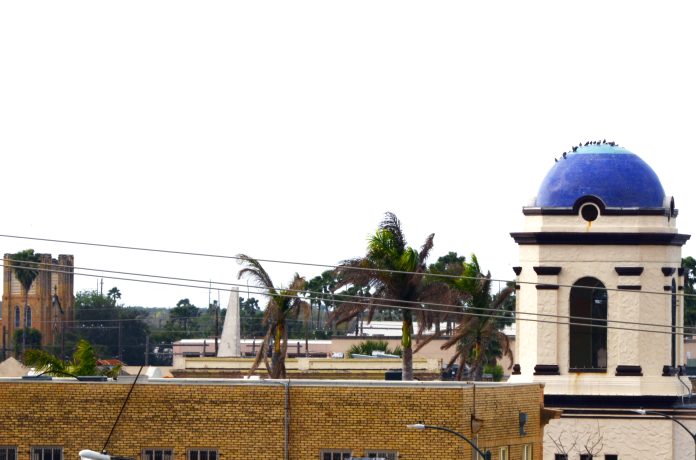
|
Only have a minute? Listen instead
Getting your Trinity Audio player ready...
|
The Rio Grande Valley got some good personal economic news this month: People in the Brownsville area lead the nation in upward mobility.
All elements of our region have contributed to the improvement. Now we just have to keep it going. According to information released by the U.S. Census Bureau and Harvard University’s Opportunity Insights project, people who were born in this area in 1992 were doing better economically at age 27 than people born in 1978 at the same age.
The analysis of 50 of our country’s largest metropolitan areas found that incomes of the younger generation in the Valley on average were 6.7% better than those born a half century ago.
In many of the regions studied, the current generation actually is doing worse than its predecessors — as much as 12.7% worse in average household income than its predecessors in Philadelphia.
It’s important to understand — and acknowledge — the many factors that have contributed to our ranking. One of those is the low baseline from which this region started, especially compared to most of the nation’s largest metropolitan areas. The Valley traditionally has been one of the nation’s poorest regions; in 1978 the Brownsville and McAllen metropolitan statistical areas had the lowest average incomes in the nation, with more than half of our residents living below the poverty line. Contributing factors included the dominance of agriculture in the area, a seasonal industry that traditionally yields lower incomes, and the area’s high population of immigrants. Unemployment rates, especially in the highly rural western end of the Valley, were in the 30% range.
Educational improvement has helped local residents find better-paying jobs. Pan American College had only earned university status in 1971, and the Brownsville campus opened in 1973. Today they are sister campuses of the University of Texas RGV, which is growing rapidly in terms of size, programs and respect.
Also, the Valley’s economy also has diversified, leading to a steady drop in the region’s jobless rate. In February 1992 our jobless rate was 17% — better than before but still well above the state and national average — and now has dropped to 5.4% as of July.
Other factors contributing to our improvement include Texas’ pro-business policies that attract investment. Other areas in the top 10 upward mobility areas include Austin and San Antonio.
State and federal infrastructure investment, especially with regard to highway improvements, also has increased trade, tourism and retail business that also has raised employment and income levels.
Local officials have worked hard to attract new business, and we are confident that their efforts will continue.
Those officials should not only bask in the report’s good news. They should review it, and the many factors that have led to the Valley’s economic improvement.
Most importantly, Valley residents have taken advantage of new opportunities to make their lives better.
We trust that this report is only a sign of things to come. Many people have worked hard to improve Valley residents’ economic conditions — let this motivate us to continue working to make the fortunes of our next generation even better.
RELATED READING:
Brownsville tops upward mobility in Census Bureau-Harvard study



